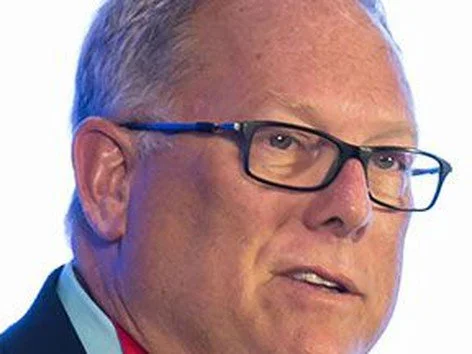Grade 6 students at a west-end London, Ont. school had an out-of-this-world experience Thursday when they got the opportunity to control a lunar rover model. Students in Madame Mandy Lave’s class at West Oaks French Immersion Public School were tasked to work as a team to find evidence of water on a moon-like surface using a model of a lunar rover designed to go to the moon as early as 2026.
Searching the far side of the moon: Canadian rover to aid in hunt for frozen water
The Canadian lunar rover could soon help reveal the far side of the moon. The country's first moon rover is set to put the Canadian Space Agency at the forefront of space exploration, helping in the global search for frozen water on the celestial body. NASA says the moon takes about 27 days to complete a full rotation on its axis as it orbits earth, leaving the same side visible from the ground at all times. As a result, the far side remains little understood and unexplored.
One small step for Stratford, one giant leap for Canada
In the unassuming heart of Stratford, in between an oil change shop and a grocery store, a Canadian milestone is taking shape. Canada’s first lunar rover is being designed and built by Canadensys Aerospace – specifically at the Stratford prototyping facility located at the former Samsonite Canada site on Ontario Street. Peter Visscher, general manager of the facility, introduced StratfordToday to a prototype of the lunar rover, affectionately known as SCAMP. Standing for Small Canadian All-terrain Mobility Platform – the ‘t’ is small – SCAMP is being designed for a lunar mission planned for 2026.
Lunar rover: A look at Canadian tech bound for the moon
Located in Bolton, Ont., Canadensys Aerospace is starting to engineer and build the rover to explore the moon for water ice as part of an international mission that’s been ongoing for decades. One of the payloads, provided by Bubble Technology Industries from Chalk River, Ont., can detect iron and calcium and the presence of hydrogen that can help scientists locate water ice. Besides building the rover, Canadensys will create three payloads: a Lyman-Alpha Imager to identify surface water ice, a Multi-Spectral Imager to identify minerals on the moon, and an MSI-Macro to collect similar data through mineralogy but with a higher resolution. Radiation will be measured with a device from Teledyne DALSA, a Waterloo, Ont. company. "We've got two objectives really," Sallaberger said. "The engineering side… preparing for eventually larger rovers and human missions. But on the scientific side, the main goal is looking for water." For humans to live long-term on the moon, there needs to be a sustainable water source. Sallaberger says the moon's south pole is likely to have water ice in the shadowed craters.
Chalk River, Ont. company heading to the moon in search of water
A relatively unknown company in the Ottawa Valley will be part of a team that is sending Canada's first-ever lunar rover to the moon in 2026. Bubble Technology Industries (BTI) in Chalk River is designing a device that will attach onto the rover and search for water or ice as it drives across the moon's surface. "Our system is specifically being designed as a radiation detector with the primary purpose of detecting water at the South Pole of the moon," says Scott MacEwan, a research scientist at BTI.
Moon mining a decade away?
The consultants lay out targets for three phases of moon mining: First, getting water from the ice in the moon’s craters, to be turned into hydrogen propellant. Water is cheap on Earth, but as expensive as anything else to send to space—thousands of dollars a litre. Mining water that’s already up there to use as fuel would improve the economics of space exploration and travel.







